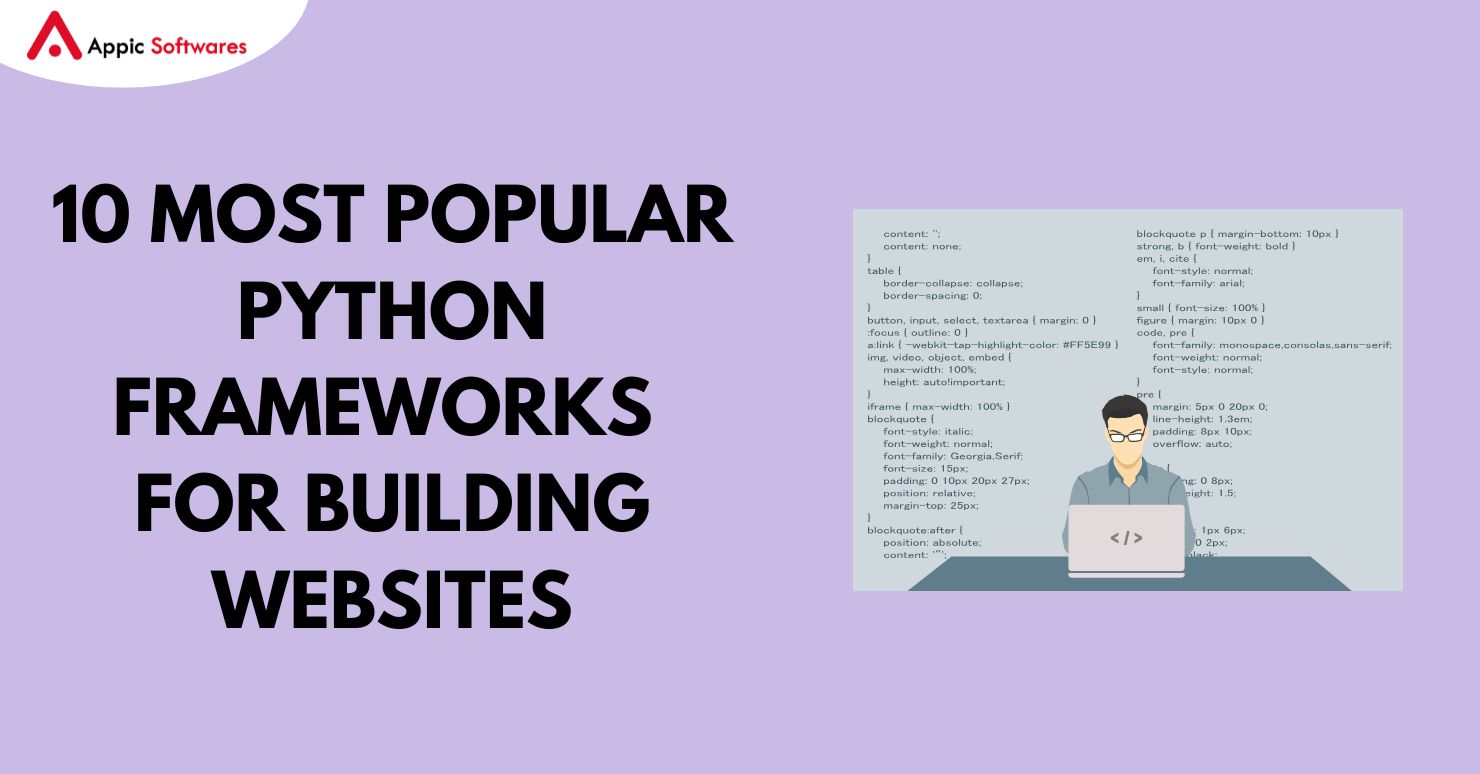
Are you feeling overwhelmed by the complexity of construction software costs? You’re not alone, so don’t worry. Construction software development is more than just a website purchase; it frequently involves unforeseen costs that can blow your budget.
Choosing the right construction management software is extremely challenging due to variations in project scale, typology, and local ordinances. With a compound annual growth rate (CAGR) of 10.1% from 2024 to 2031, the global construction management software market is projected to be worth US$ 15.73 billion in 2024 and reach US$ 30.94 billion by 2031.
This article is intended to assist you in navigating the construction software industry and preventing you from falling victim to unstated expenses such as data migration and training fees. It will deconstruct price models, the most popular construction tool pricing tiers, and the kinds of software available for building cost management. It will also cover the initial implementation expenditures as well as the costs of future business growth.
What Is Construction Software?
A sophisticated tool designed to assist in the management of construction projects is construction safety management software. These kinds of activities can involve complex and diverse procedures that require a great deal of time and work to plan and carry out successfully. By combining essential project management functions, this software significantly contributes to the achievement of these objectives.
How Does Construction Software Work?
Construction management software is a method for storing and retrieving information. It stores all the details of a project. The latest information is accessible to all team members and stakeholders, which is essential for the effective formulation of decisions. The software is typically cloud-based, making it readily accessible from any location. This is advantageous for teams that may be dispersed.
Information such as progress reports, records, used resources, and expenses can all be processed and then shown in various ways such as tables, graphs, or reports to help with analysis and decision-making. Users can set reminders and messages to remind them about specific events or due dates, so ensuring that they do not miss out on important responsibilities.
Overall, construction management software makes the processes of project management easier to handle, reduces the influence of human errors, and enhances communication as well as the outcomes of projects. Since it was developed to solve the issues that are present in today’s building projects, it has become one of the most essential instruments in construction management in the modern day.
Who Requires Construction Management Software?
Contractors
Every month, 1.7 million people look for contractors online. Construction software development is advantageous to contractors since it facilitates project, resource, and time management. It helps to control the timely and effective fulfillment of tasks, as well as to organize work and document activities. This program improves decision-making with real-time updates and regular reports, and it also makes project management more effective overall.
Project Managers
Construction managers evaluate project progress, work division, and schedule compliance using construction management applications. With the help of the tools, which include schedules, resources, and performance reports, project managers can keep an eye on everything and either address issues as they come up or stop them before they start.
Engineers And Architects
To enable collaborative design and project management, engineers and architects need construction management software. They may exchange and compare the designs, monitor changes, and ensure that everyone agrees by using the software. Its communication and document management features improve project results and prevent misunderstandings.
Developers And Owners
The creation of construction software aids owners or developers in monitoring the progress, budget, and status of their projects. In this manner, the program provides real-time status and data to monitor risks, facilitate informed decision-making, and ensure that the project meets expectations. Additionally, it facilitates communication with project managers and contractors.
Subcontractors
Subcontractors schedule and monitor their tasks and resources within a larger project using construction management software. The program helps them keep track of their actions, report to the main contractor, and complete projects within the allotted time frames. Additionally, it provides communication and resource management features that improve teamwork and production.
How Much Does Construction Software Development Cost?

The cost of developing construction management software depends on several factors, including the complexity of the features, the scope of the project, and the development team’s location. Below is a general breakdown:
1. Basic Construction Management Software
This option is suited for smaller businesses or simpler projects that require fundamental tools. Basic construction management software typically includes features like task management, scheduling, document storage, and basic communication tools. It helps small teams manage their workflows but lacks advanced integrations or highly customizable options.
- Features: Task management, project scheduling, document storage, and basic communication tools.
- Cost Estimate: $10,000 – $30,000.
2. Mid-Level Construction Software
For medium to large-sized construction projects, mid-level software offers more robust capabilities. This software includes additional features such as project cost estimation, integration with accounting systems, resource tracking, and better reporting tools.
- Features: Project cost estimation, resource tracking, advanced reporting, integration with accounting systems, multi-project management.
- Cost Estimate: $30,000 – $60,000.
3. Enterprise-Level Construction Software
Enterprise-level construction management software is designed for large construction companies that handle high-value, complex projects. This software often includes custom features tailored to specific business needs, cloud-based integration for remote access, AI-driven insights for better decision-making, and real-time collaboration tools for seamless communication across different teams.
- Features: Custom features, cloud-based integration, AI-driven insights, advanced collaboration tools, real-time data sharing, and enterprise-level resource and project management.
- Cost Estimate: $60,000 – $80,000.
Appic Softwares can develop construction management software within a price range of $10,000 to $80,000, depending on the specific requirements and complexity of the project. Investing in this solution will result in long-term savings through increased productivity, better collaboration, and improved decision-making.
Advantages Of Construction Software Development
Improved Online Presence And Business Growth
With 62% of customers likely to ignore a business without a web presence, construction software development can give your company a competitive edge by providing an integrated digital platform. A well-developed construction management tool not only streamlines project tasks but also enhances your business’s online presence, enabling better client engagement, real-time updates, and increased visibility. This ultimately helps build credibility and attracts more clients, boosting overall business growth.
Increased Productivity
To increase production and get rid of monotonous duties, construction software development automates several construction-related jobs. A few features, including scheduling, resource allocation, and real-time tracking, help to streamline project operations and save time. Project completion times are accelerated, and resource utilization is improved as a result of this increased efficiency.
Improved Cooperation
The communication and teamwork features that are built into building management software make it easier for project participants, members, and clients to collaborate. Collaboration tools, document sharing, and instant messaging help keep everyone informed and work together. By doing this, the project participants establish positive working relationships and avoid misconceptions that could result in subpar project delivery.
Improved Ability To Make Decisions
In construction software development, real-time data, analytics, and reporting technologies provide teams with comprehensive information on a project’s status. It can give management up-to-date information on resource use, costs, and quality, which helps them make decisions. This helps anticipate issues before they happen and make plans for changes that will guarantee the project stays on course.
Cost Management
Construction software development tracks budgets and spending, improving project cost management. This means frequent financial data monitoring makes cost overruns easy to spot and fix. AI in inventory management now uses predictive algorithms to enhance material procurement with AI. AI analyzes prior project data and real-time inventory levels to help construction companies prevent overstocking and shortages, improving operations and lowering costs.
Greater Responsibility
Each team member’s job, responsibility, and responsibilities are clearly defined by the program, which helps to increase accountability. All parties are kept up to date on their duties and deadlines thanks to features like task assignment, progress tracking, and performance management. This fosters a culture of accountability among team members and speeds up work completion and project success.
Reasons For Construction Technology Setbacks
The engineering and construction (E&C) business doesn’t like new ideas, so construction workers waste almost a third of their time on tasks that aren’t the best use of their time. Here are some of the main things that are holding the sector back and making digital change very hard.
Not Enough Replications In Building Methods
Most building jobs are one-of-a-kind, with unique needs that affect how they are designed and delivered. Because building processes are often different, it’s hard to make a digital solution that can be used for many projects. The only exceptions are long-term projects that last for several years. This gives E&C companies time to come up with new ways to do things that are already being done.
Partially Completed Construction Projects
There is usually more than one part of the value chain in a construction job. When projects involve a lot of different companies working together, it’s like the old saying goes, “Too many cooks spoil the broth.” Getting different organizations to adapt to changes is hard when you’re using new building software. This is especially true for projects that only last a short time. Miscommunications happen a lot when a lot of companies are working on the same project. Each year, they cost the sector more than $31B.
High Turnover And Shifting Business Partners
In the construction business, a new job usually calls for a new group of companies to work together. Additionally, contractors have the same worry because there is a lot of change in their jobs. Companies find it hard to pass on building software from one project to the next because their partners change so often and employees leave the company in large numbers.
A Demanding Educational Setting
Those who work on building sites don’t have to deal with the same problems that office workers do. You shouldn’t teach your workers how to use new construction software on many sites. Also, builders don’t have much time to learn how to use new technology because the building process is always going forward.
Conclusion
At Appic Softwares, we make it our specialty to change the way construction management is done by creating new, custom software solutions. Our years of experience developing building management software let us make strong programs that are perfect for your company. We make sure that your software improves the speed of projects, helps people make better decisions, and streamlines operations by using the newest technologies.
As an established software development company in Jaipur and the US, we work closely with our clients to make sure that their full vision is realized. This is part of our agile development process. With a focus on user experience, our services are made to provide software that is easy to understand and use, allowing users to be as productive as possible.
FAQs
1. How much does it cost to develop construction software?
It can cost anywhere from $10,000 to $80,000 to make construction control software. The total development budget is affected by many things, such as how complicated the software is, what features will be added, the UI/UX design, where the hired software development team is located, and more. When you work with a reputable building management software development company, they can give you accurate cost estimates that are based on the needs of your business.
2. Why is it better to make your construction management software?
Making your own building management software lets you make solutions that fit the needs and workflows of your specific business. Off-the-shelf software, on the other hand, is often limited and might not fully fit the wants or growth of an organization.
With a custom solution, every feature and function of your software will directly support your specific working needs. This will make your business more efficient and productive as a whole. This customization makes it easier for your new systems to work with your old ones, which leads to better project management and lower costs.
3. What are the most important things to look for in construction software?
Some of the most important features are the ability to schedule projects, handle documents, keep track of budgets and costs, communicate in real time, and access mobile devices. Software should also have powerful reporting and analytics tools to help you make smart choices and manage your resources more effectively.








